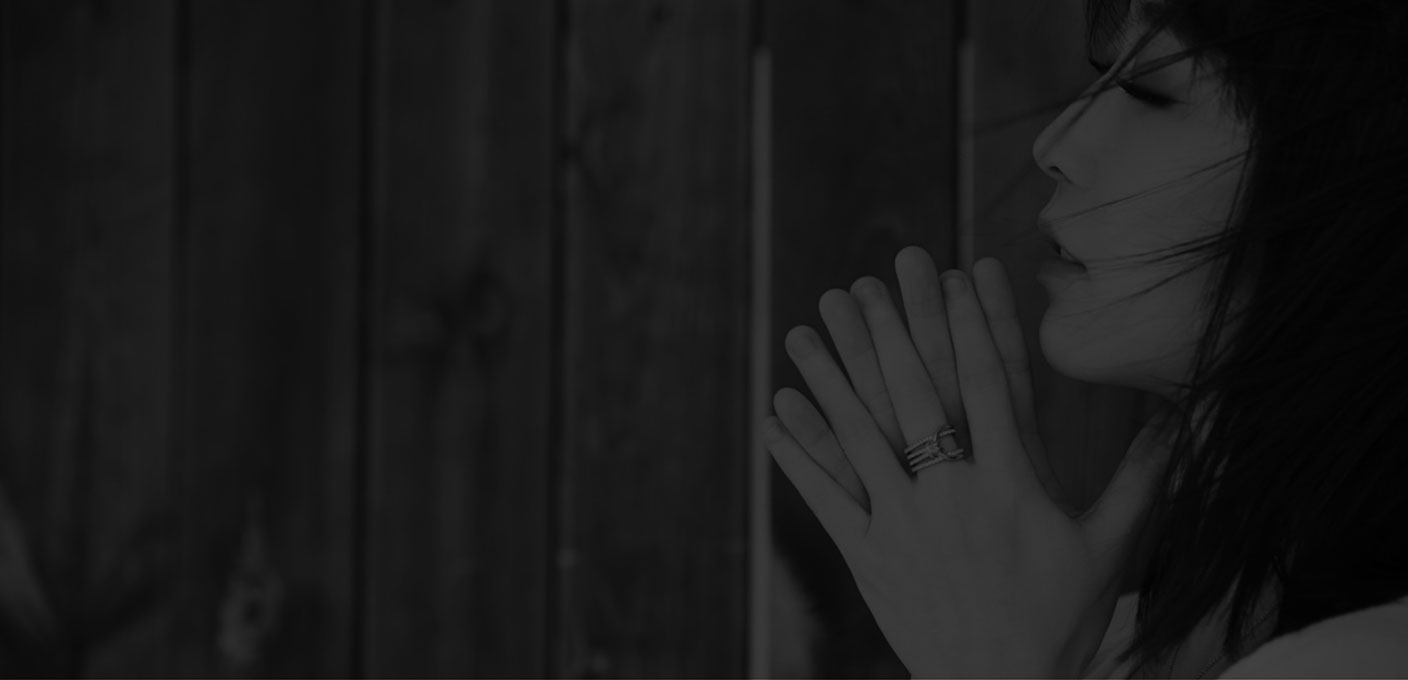The Helena Symphony continues its 2020-2021 Season on Saturday, February 27, 7:30 p.m. (MST) on YouTube as part of the HomeStream Your Helena Symphony presented by AARP Montana live broadcasts. Season 66 – Part Two: Reimagined and Streaming Online is branded as “It’s ON!,” and the Helena Symphony has been bringing these live broadcasts to over 7,000 homes throughout the region, the state, the nation, and several hundred outside of the country since September. Following months of collaboration with the County health officials and reviewing international studies on the impacts of instrumental performance and singing, we decided that offering a livestream into people’s homes is the ideal way to bring our music-making into the lives of our community in an innovative and safe way.
“The pandemic has given the Helena Symphony the opportunity to reimagine how the 2020-2021 Season might look, sound, and feel,” explains Symphony President Patrick Keim. “Nothing can replace coming to the concert hall and experience live music-making by the Helena Symphony Orchestra & Chorale, and we are grateful to the many sponsors, partners, donors, and especially AARP Montana for serving as the principal sponsor of HomeStream Your Helena Symphony presented by AARP MT. “AARP Montana continues to be excited to help bring the artistic excellence of the Helena Symphony’s music-making to people in the safety of their homes,” says Tim Summers, State Director of AARP Montana.
Proclaimed to have “the fastest fingers in the world,” international superstar Pianist Claire Huangci returns as one of Helena’s favorite soloists to perform Brahms’ monumental Second Piano Concerto. The performance begins with a symphony-like miniature by Robert Schumann. Both works proclaim a tremendous grandeur and celebrate the human spirit – and also remind us of the deep friendship between these two composers.
Returning to the Helena Symphony stage, world acclaimed American Pianist Claire Huangci, began her international career at the age of 9, billed a prodigy and playing in a concert for President Bill Clinton at the age of 10. Since then, Ms. Huangci has been awarded many grants, performed numerous concerts and won several prizes, long outgrowing the image of a prodigy and coming into artistic maturity. After winning a Young Artists Competition at the age of 12 in 2002 (with Maestro Scott as president of the jury), Ms. Huangci studied with celebrated pianists Elanor Sokoloff and Gary Graffman at the acclaimed Curtis Institute of Music in Philadelphia, and with Arie Vardi at the Musikhochschule Hannover. Ms. Huangci maintains a two-decade collaboration with Conductor Allan R. Scott and have performed together dozens of times.
With her technical brilliance, deep musical expression, playful virtuosity and her keen sensibility, she captures her audiences all over the world performing recently with the Nordic Chamber Orchestra, Paris Chamber Orchestra, Essen Philharmonic, Stuttgart Radio Symphony Orchestra, Berlin Symphony Orchestra, Munich Chamber Orchestra, China Philharmonic Orchestra, German Radio Philharmonic Saarbrucken, Indianapolis Symphony, Santa Fe Symphony, Moscow Radio Symphony, and the Istanbul State Symphony. Ms. Huangci has performed in famous international venues such as Carnegie Hall, Tonhalle Zurich, Konzerthaus Berlin, Gasteig Munich, Gewandhaus Leipzig, Salle Cortot Paris, Oji Hall Tokyo, and Symphony Hall in Osaka. Additionally, she is a warmly welcomed guest at festivals such as the Kissinger Sommer, Verbier Festival, Lodz Rubinstein Festival, Menuhin Festival Gstaad as well as Sommets Musicaux de Gstaad, Mozartfest Würzburg and the Schwetzinger Festspiele.
Ms. Huangci is regarded as one of the premiere Chopin interpreters of her generation. She has acquired a diverse repertoire and has become one of the most sought-after pianists of her generation. In 2013, her solo debut recording of works by Tchaikovsky and Prokofiev was released by Berlin Classics. In 2017, Claire released a celebrated recording of Chopin’s Nocturnes and her second solo album on the Berlin Classics label in 2015, which was awarded the German Record Critics' Award and was selected as “Editor’s Choice” by Gramophone magazine.
Beethoven lost his hearing, Tchaikovsky struggled as a homosexual with serious bouts of depression, and Robert Schumann went insane. Looking at Johannes Brahms’ life and music, it is clear he suffered from a more common and perhaps more painful demon – loneliness. Ironically and tragically, Brahms loved the wife of one of his greatest supporters and closest friends – Robert Schumann. Clara Schumann happened to be one of the world’s finest pianists and the first major woman pianist.
Just before his 45th birthday, Brahms began sketching themes for his Piano Concerto No. 2. His first piano concerto, completed almost twenty years earlier, had met with a less than enthusiastic reception, and Brahms deliberately avoided tackling another. By 1878, however, Brahms was now a famous and critically acclaimed composer, with two symphonies that were already considered two of the greatest works ever written. Brahms felt somewhat secure with his own abilities and his reputation, so he welcomed the challenge of composing a new piano concerto.
Brahms’ Second Piano Concerto overall exhibits the complex individual that Brahms was. Often considered a stern and somewhat bitter man, Brahms was also known to welcome the presence of children during his daily walks. He loved the simple, comfortable pleasures of plain, abundant food, new wine, and well-worn clothes, but composed the most sophisticated music since Beethoven and moved among the highest echelons of musicians and society to showcase his music. He could disparage even such a monumental undertaking as his Second Piano Concerto as a “tiny little piano concerto,” but at the same time was so serious about his work that he became violent over any intrusion while composing.
“The contradictions that marked Brahms’s personal life, most prominently his love for Clara Schumann, his best friend’s wife, are beautifully captured in the Second Piano Concerto, explains Maestro Scott. “The contradictions play to the listener as well, as the Second Piano Concerto is complete with such majestic moments full of pomp and circumstance coupled with unbearable beauty that one is mesmerized in sheer awe – leaving us realizing that Brahms’s desire for perfection is perhaps achievable, if not in life, at least in music.”
Often remembered more as the husband of the first great female pianist (Clara Wieck Schumann), Robert Schumann was one of the central figures in the development of Romanticism, the period founded by Beethoven. Perhaps Schumann’s greatest contribution to the nineteenth century was his work as an editor, writer, critic, and member of the intellectual elite.
Even more than his music, Schumann is often remembered for his serious mental breakdowns. For Schumann, his creative process was regularly dictated by his mental condition. The depressions and several suicide attempts he suffered from in the early 1830s had seemed to pass since he married his beloved Clara in 1840.
The first year of their marriage was a real emotional adjustment for both (Clara could earn more from a three-week concert tour than Robert could from a year of teaching and composing); however, the year proved to be a highly creative one for the artistic couple. In 1841, Schumann’s Spring Symphony premiered with Mendelssohn conducting. Though the audience came mainly to hear Clara perform (which she did), the concert is best remembered for Schumann’s debut as one of the finest composers of symphonies, adding him to the lineage left by Beethoven.
Two weeks after the premiere of his first symphony, Schumann wrote an Overture and then quickly composed a Scherzo to accompany the overture. “In a most joyous mood,” he added a finale to the other two movements. In a program with another new symphony by Schumann, his Overture, Scherzo, & Finale went through several renditions and he revised the finale to the Overture, Scherzo, & Finale, and it was eventually completely published some twelve years after its premiere.
Following these two years of immense creative output, Schumann collapsed from exhaustion and overwork, and a new series of depressions started. By the time he was 34 he could not even listen to music as “it cuts into my nerves as if with knives,” Schumann explained. Romantically enough, Schumann died in a lunatic asylum, suffering nervous breakdowns and hallucinations of demons and angels most of his life. Today, medical opinion explains that Schumann’s symptoms were most likely caused by syphilis, which he contracted before his marriage to Clara. By his mid-forties Schumann’s health greatly decline and in 1854 he threw himself into the Rhine River, where he was rescued and taken to an asylum where he lived another two and a half years in total misery.
Season 66 – Part Two
Season 66 – Part Two includes four more Masterworks Concerts and three more Education Concerts, including two Symphony Kids concerts and a special Youth Concert that will be broadcasts to schools and students around the country. The Symphony has invited some of the audience’s favorite guest artists back for this special Season, including world-renowned Pianist Claire Huangci, legendary Clarinetist Ricardo Morales, and internationally acclaimed Violinist Tim Fain. The Helena Symphony Orchestra will perform the great masterworks of music, such as Brahms’ epic Piano Concerto No. 2, Mendelssohn’s Violin Concerto and Scottish Symphony, Copland’s jazz-inspired Clarinet Concerto, along with works by Schumann, Bizet, Prokofiev, Debussy, and Fauré.
“We are not trying to duplicate or replicate the concert hall experience but innovate the experience of our music-making,” says Music Director Allan R. Scott. “The Helena Symphony was created for these very difficult times. Our music-making exists to literally save lives and to promote the spiritual and emotional well-being of our people. Despite the very different format, we will strive to continue to make lives better through music.
HomeStream Your Helena Symphony presented by AARP Montana
How? YouTube.com/helenasymphony
These live streams can be viewed on a smart phone, tablet, laptop and desktop computers, smart televisions, and televisions connected to the internet – or anywhere you have access to YouTube. Most televisions offer YouTube as an app or can be attached to another computing device to watch on the big screen. While nothing can replace the experience of attending a live performance, we feel that the live stream offers an exciting and new way to enjoy a concert. Each stream will be shot by 6-7 cameras and the camera crew will be able to operate within the Orchestra and Chorale, offering close-up shots of musicians, front-side views of the conductor, and visuals that are not possible by sitting in the auditorium. We will also have a pre-concert host, and short backstage interviews prior to walking onstage or at intermission. We are excited to present the Helena Symphony in a more personal, up-close manner.
There is no charge for the HomeStream Your Helena Symphony presented by AARP Montana, which will be available on YouTube, the Helena Symphony’s website, and the Symphony’s Facebook page. There will be an option available online to make a donation to the Helena Symphony.
For Subscribers
For those who have purchased their Season Tickets, the Symphony sent two gift packages that recently include a special Montana calendar, the highly sought-after Helena Symphony face masks, and a special Symphony branded blanket (perfect for staying warm during the broadcasts or for this summer’s Intrepid Credit Union Symphony Under the Stars). The Early-Bird Season Tickets that were purchased before this pandemic hit are essential in keeping the musicians of the Symphony together and playing. Your continued support is vital to our future.
Season ticket holders will continue to receive custom made Concert Watch Packs for each concert, including fun Symphony branded stickers, exclusive drink and meal recipe cards from the Silver Star – the official restaurant of the Helena Symphony, as well as access to the Pre-Concert Conversations online with Maestro Scott and guest artists 45 minutes prior to every Masterworks Concert; and The Art of Listening newsletter with information about the concert, including Maestro Scott’s program notes.
Maestro Scott and Ms. Huangci are available for interviews by contacting the Symphony at 406.442.1860 or [email protected].

